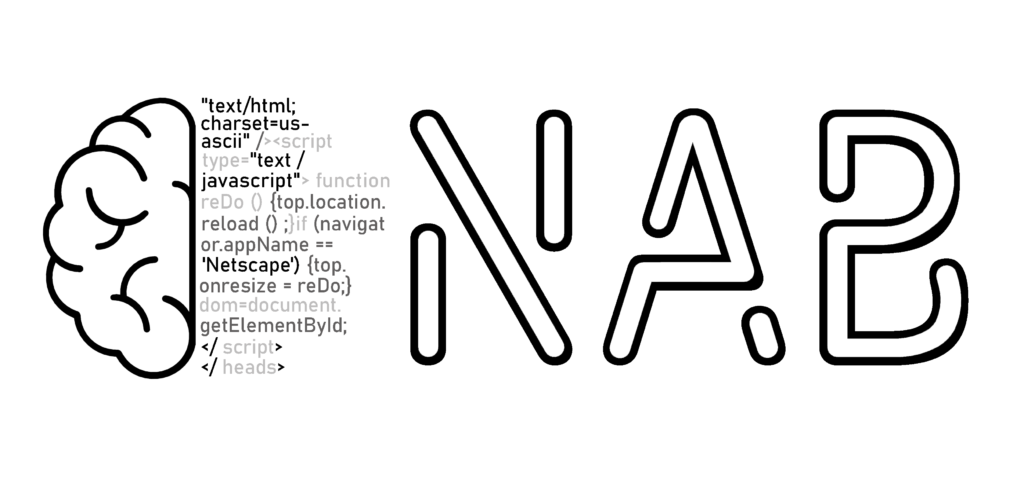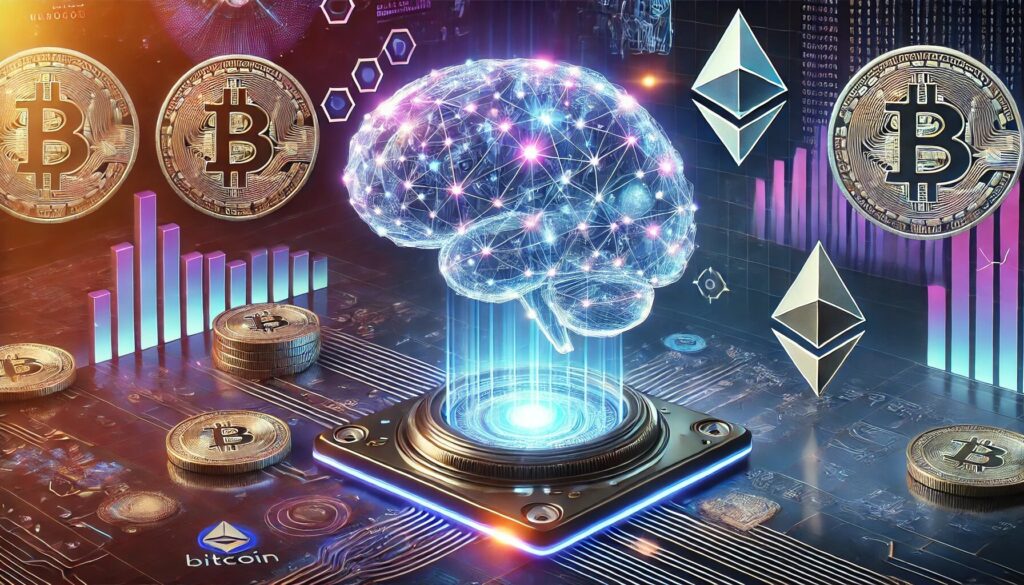Neural arbitrage bots represent the cutting edge of cryptocurrency trading automation, combining machine learning with traditional arbitrage strategies. These bots leverage neural networks to analyze vast amounts of data, recognize patterns, and execute trades with precision. This article breaks down the technology powering these bots, helping you understand how they work and why they’re effective in the fast-paced world of crypto trading.
Arbitrage, a trading strategy that exploits price differences across markets, is particularly relevant in the volatile and fragmented cryptocurrency ecosystem. Neural bots elevate this approach by incorporating advanced machine learning techniques, enabling traders to stay ahead in competitive markets.
1. Neural Networks 101: The Brain Behind the Bot
A neural network is a type of machine learning algorithm inspired by the structure and function of the human brain. It consists of layers of nodes (neurons) that process data to identify patterns and make predictions.
How Neural Networks Work in Arbitrage Bots:
- Input Layer: Feeds the network with data, such as price feeds, order books, and trading volumes.
- Hidden Layers: Analyze data to find correlations and patterns that indicate arbitrage opportunities.
- Output Layer: Produces actionable insights, like the timing and location of a profitable trade.
Key Advantages:
- Pattern Recognition: Neural networks can detect subtle price trends.
- Adaptability: They learn and improve over time as more data is fed into the system.
- Speed: Neural bots analyze data and make decisions faster than traditional algorithms.
2. Types of Neural Networks Used in Crypto Bots
Neural bots employ various types of neural networks depending on their goals and data requirements:
- Feedforward Neural Networks (FNN):
- Simple structure, ideal for straightforward predictions like price movement.
- Recurrent Neural Networks (RNN):
- Handle sequential data, making them suitable for time-series analysis (e.g., price trends over time).
- Convolutional Neural Networks (CNN):
- Typically used for visual data but can also analyze complex datasets like order book heatmaps.
- Deep Reinforcement Learning (DRL):
- Combines neural networks with reinforcement learning to enable bots to make decisions based on trial and error, improving strategies over time.
3. Training a Neural Arbitrage Bot
Training is the process of teaching the neural network to recognize profitable trading opportunities.
- Data Collection:
- Gather historical price data, order book snapshots, and trade execution logs from multiple exchanges.
- Feature Engineering:
- Identify relevant features like price differences, trading fees, and volume-weighted spreads.
- Model Training:
- Use machine learning frameworks like TensorFlow or PyTorch to train the bot.
- Techniques include supervised learning (using labeled data) or unsupervised learning (detecting patterns without labels).
- Backtesting:
- Validate the bot’s performance using historical data to ensure it works as intended.
Real-World Example: For instance, a NAB successfully identified and capitalized on a price difference between Bitcoin on Exchange A and Exchange B during a high-volatility market period, executing trades within milliseconds to secure a profit.
4. Real-Time Data Analysis with Neural Bots
Neural arbitrage bots rely on real-time data to execute trades effectively. Key technologies include:
- API Integration:
- The bot connects to exchange APIs for live price feeds and trade execution.
- Low-latency APIs are critical to prevent missed opportunities.
- Parallel Processing:
- Neural bots often use GPUs or TPUs to process multiple data streams simultaneously.
- Predictive Analytics:
- Neural networks predict short-term price movements to anticipate and execute trades before the opportunity closes.
5. Advantages Over Traditional Bots
Neural arbitrage bots offer significant improvements over rule-based systems:
- Dynamic Learning:
- Unlike rule-based bots, neural bots adapt to market changes by learning from new data.
- Improved Accuracy:
- Neural networks reduce false signals, increasing the likelihood of successful trades.
- Broader Data Utilization:
- They can analyze non-traditional data sources, like sentiment from social media or news feeds.
Comparison Table:
| Feature | Rule-Based Bots | Neural Arbitrage Bots |
| Learning Capability | Static rules | Adaptive learning |
| Data Sources | Limited to price data | Includes sentiment, news |
| Accuracy | Moderate | High |
| Scalability | Limited | High |
6. Challenges in Using Neural Bots
While neural bots are powerful, they’re not without challenges:
- Data Quality:
- Poor or incomplete data can lead to inaccurate predictions.
- Ensure data is clean, consistent, and up-to-date.
- Computational Costs:
- Training deep neural networks requires significant computational resources.
- Overfitting:
- A model that performs well on training data but poorly in real-world scenarios is a common pitfall.
- Latency Issues:
- Even small delays in executing trades can erode profitability in arbitrage.
Ethical Considerations: As neural bots grow more advanced, concerns arise about potential market manipulation and unfair advantages. Developers and users must prioritize transparency and ethical trading practices.
7. Future Directions for Neural Arbitrage Bots
The field of AI-driven trading continues to evolve. Potential developments include:
- Integration with DeFi:
- Neural bots could extend to decentralized exchanges (DEXs) for cross-chain arbitrage.
- Hybrid Models:
- Combining neural networks with other AI techniques, like genetic algorithms, for enhanced decision-making.
- Real-Time Sentiment Analysis:
- Incorporating social media and news sentiment data for predictive insights.
8. FAQs
Q: How much does it cost to build a neural arbitrage bot? A: Costs vary depending on complexity, but expect expenses for data, computational resources, and development expertise.
Q: What programming skills are required? A: Knowledge of Python, machine learning frameworks (e.g., TensorFlow, PyTorch), and API integration is essential.
Q: Can beginners in crypto trading use these bots? A: While possible, beginners may struggle without foundational knowledge in trading and AI. Collaborating with NAB is recommended.
Conclusion
Neural arbitrage bots represent a significant leap forward in crypto trading automation. By leveraging neural networks, these bots can adapt to market changes, analyze complex data, and execute trades with precision. While the technology requires expertise and resources to implement, the potential rewards are immense for those who can harness its power.
To make the most of neural arbitrage bots, traders must stay updated on emerging technologies, prioritize data quality, and continuously refine their strategies. The future of crypto trading is here—are you ready to embrace it?


